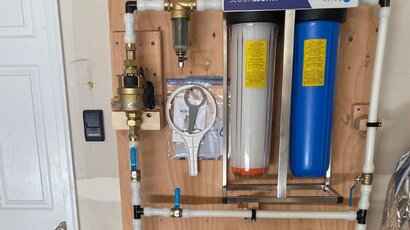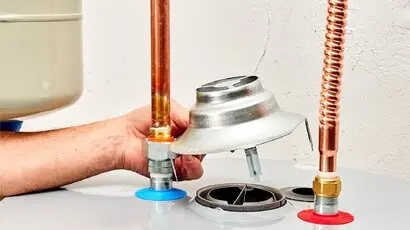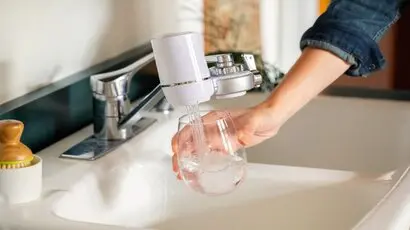Under Sink vs Countertop Water Filters: Which is Best?
Understand the key differences between under-sink and countertop water filters when choosing the best system for your home and family. Compare convenience, effectiveness, costs and more!
Are you looking to upgrade your home’s water filtration? Two popular options are under-sink and countertop water filters. But how do you choose which is right for your household?
In this guide, we’ll compare the pros and cons of under-sink and countertop systems to help you decide. You’ll learn the key differences in how they’re installed, convenience of use, filtration effectiveness, ongoing costs, aesthetics, and more.
Let’s dive into the comparison between under-sink and countertop filtration!
Under-sink filtration systems are set up directly under your kitchen sink, connecting to the cold water line. They filter water on demand, ensuring it’s clean before it flows through your tap.
As water enters from the main line, it passes through multiple filtration stages to remove contaminants before flowing through the dedicated tap. This allows owners to instantly obtain filtered water with a simple tap turn without any wait time or refilling required. The systems operate seamlessly in the background to purify all drinking and cooking water used in the kitchen.
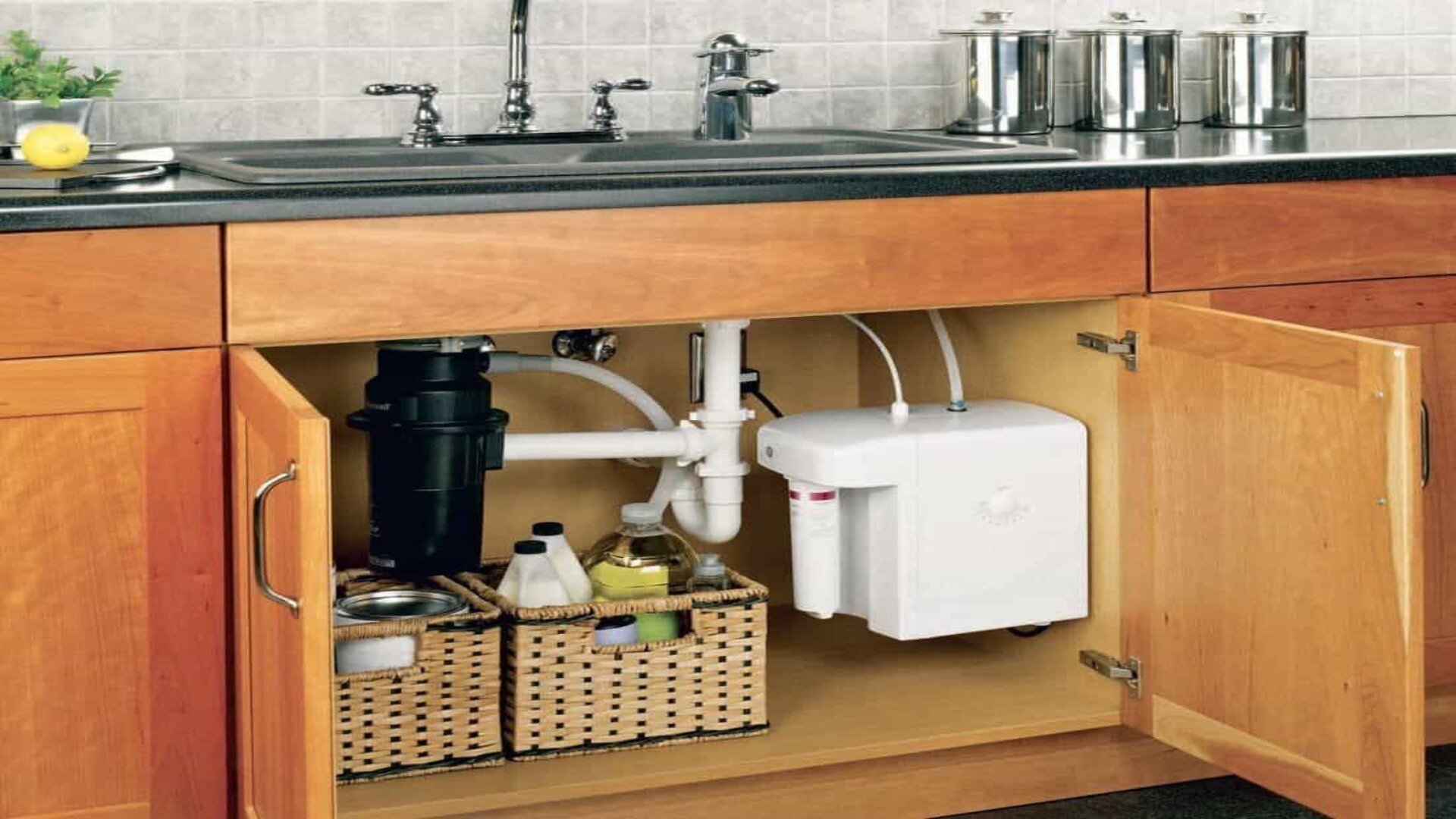
In contrast, countertop water filters are self-contained units that sit conveniently on the kitchen counter or in the fridge. They require users to manually fill a pitcher or reservoir that is part of the system. The water then filters slowly through the unit into the container, with typical systems holding 3-5 litres.
Homeowners must plan to filter sufficient water for their needs and refill as required. The filtered water is then dispensed from a tap attached to the unit. While less automated than under-sink systems, countertops provide an affordable and mobile option to obtain filtered water with minimal installation required.
Installing an under-sink water filtration system typically requires professional help as it involves connecting to the main water supply line under the kitchen sink. Additional parts may be needed, and the process can be complicated compared to a simple countertop setup. However, the upfront cost is higher for under-sink systems.
Countertop water filters provide a much easier DIY installation. They need to be placed on the kitchen counter or in the fridge and plugged in. No tools or professional assistance is required. This also makes the starting cost more affordable. Renters can easily take countertop filters with them to new homes.
Under-sink systems use multi-stage filtration combining sediment filters, activated carbon blocks, reverse osmosis membranes, UV lights, and more. This allows them to remove a very wide range of contaminants from water. Filter capacities usually exceed 500 litres before replacement is needed.
Countertop filters are typically limited to standard carbon block filtration. While effective for chlorine and VOCs, they cannot match the contaminant removal of under-sink models. Countertop filters often need replacing after just 60-120 litres.
When considering whole-house water filters or smaller-scale solutions like under-sink and countertop systems, it’s crucial to evaluate their environmental impact and sustainability. House water filter systems can significantly affect your household’s ecological footprint, particularly in terms of waste production and resource consumption.
Under-sink filters typically generate less plastic waste than countertop models. They use larger, durable cartridges that don’t need changing as often, which helps reduce waste. On the other hand, countertop filters usually require frequent cartridge replacements, leading to more plastic waste over time.
Energy use is another thing to think about. Most countertop filters don’t need electricity, but some advanced under-sink systems, particularly those with UV purification or pumps, might use power continuously. It’s important to balance this energy consumption against the benefits of cleaner water.
Water waste can be an issue, especially with some under-sink filters. Reverse osmosis systems, although great at removing contaminants, tend to waste quite a bit of water during filtration. Conversely, countertop filters usually don’t waste water, making them more efficient in that regard.
The lifespan and durability of these systems also impact their environmental footprint. Under-sink filters often boast longer lifespans and are constructed with more durable materials, reducing the need for frequent replacements. Countertop filters may require more frequent complete replacements, potentially increasing overall resource consumption.
The recyclability of filter components is an important consideration. Many manufacturers now offer take-back programs for used water filter cartridges, including sediment filters. These programs help minimise waste and ensure proper recycling or disposal of filter materials.
Both under-sink and countertop filters can significantly reduce reliance on bottled water, thereby decreasing plastic waste and the carbon emissions associated with bottled water production and transportation. This reduction in bottled water consumption is a major environmental benefit of home water filtration systems.
The manufacturing processes for these filtration systems also have environmental implications. Because under-sink systems are more complex, they may have a larger manufacturing footprint. However, their longer lifespan could offset this initial impact over time.
Some advanced under-sink systems incorporate water conservation features, which can be particularly beneficial in areas reliant on rainwater or regions prone to water scarcity. These features help balance the filtration process’s water usage with overall water conservation efforts.
While both under-sink and countertop filters offer environmental benefits by reducing reliance on bottled water and improving drinking water quality, they differ in their long-term environmental impact. Under-sink systems generally offer more sustainable long-term solutions with less waste, while countertop filters provide a more energy-efficient option with less initial resource investment. The choice between these house water filter systems should consider not only their effectiveness in water purification but also their overall environmental impact.
A big perk of under-sink filters is their ability to provide filtered water instantly via a dedicated tap. The rapid flow rate is perfect for quickly filling several glasses without the hassle of refilling pitchers. Some systems can even hook up to your fridge, giving you access to chilled water.
Countertop units take up permanent counter space and are slower. They require manually filling pitchers that must be changed frequently. The filtered water dispenses from a tap on the system itself.
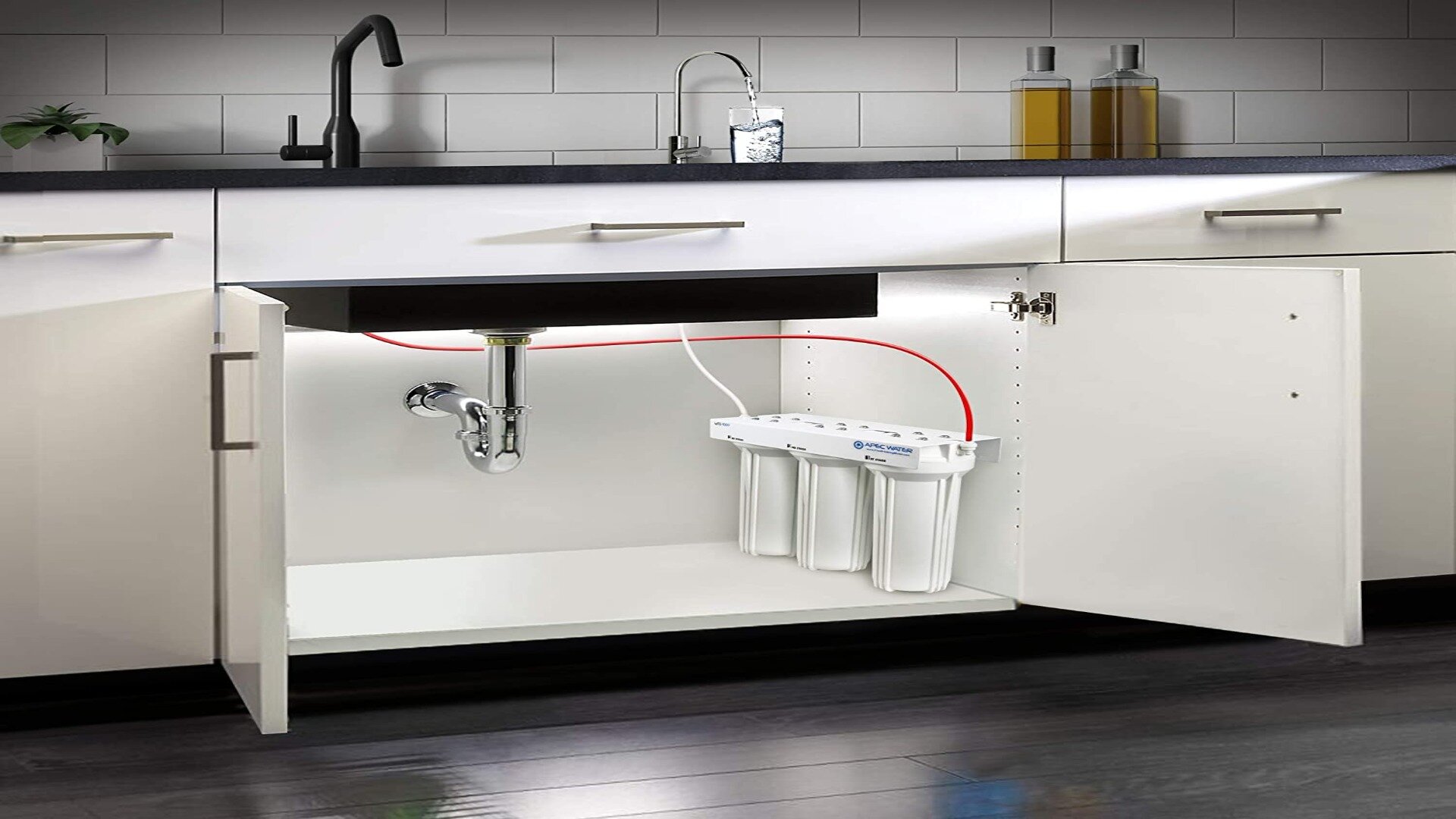
While more expensive initially, under-sink systems have lower long-term costs. The filters only need inexpensive replacement every 6-12 months. Countertop filters have a lower starting cost, but the regular filter changes every 2-3 months, making them pricier.
Under-sink filters are hidden under the sink, and only the tap is visible. This prevents any countertop clutter. Countertop models occupy permanent visual space on counters; some units could be more decorative.
Factor | Under-Sink | Countertop |
Installation | Difficult – may need a pro | Simple – DIY |
Filtration | Multi-stage - broader removal | Typically, carbon blocks only |
Convenience | On-demand, fast-flow | Slower into pitchers |
Costs | Bigger initial cost, lower long-term | Cheap starting, ongoing replacements |
Appearance | Hidden away | Permanent counter clutter |
Household Size | Good for larger families | Best for 1-3 people |
After comparing the critical differences between under-sink and countertop filters, you should now understand which system best suits your home and family’s needs.
Both options can provide cleaner, contaminant-free water - it just comes down to your priorities in terms of installation, filtration power, convenience, costs, and aesthetics.
Carefully consider the most important features when choosing the best household water filtration system. For larger families or maximum filtration, an under-sink is likely the better choice. For smaller households on a budget, a countertop system may meet your needs.
Once you decide on the right system, the experts at WP Plumbing in Melbourne can help with professional installation and ongoing maintenance. Investing in quality water filtration improves your family’s health and makes water tastier for drinking and cooking. Contact our team today to discuss the optimal under-sink or countertop filtration system for your home!
Yes, having a plumbing professional install an under-sink system is highly recommended. This ensures proper attachment to your water supply lines and avoids any leaks or other issues from a DIY job.
Countertop filters need replacement more frequently, about every 2-3 months or 60-120 litres used. Under-sink filters have a larger capacity and only need simple filter changes around every 6-12 months.
Most countertop filters use basic carbon block filtration, which is effective for chlorine and VOCs. However, they generally cannot match the contaminant removal of under-sink systems with multi-stage filtration.
If certified and replaced on schedule, countertop filters can make tap water safer for babies by reducing certain contaminants. Under-sink may be a better choice for maximum purification. Consult your pediatrician as well.
Absolutely, both types of filters will greatly enhance the taste, smell, and clarity of your tap water by reducing chlorine and other compounds.
A whole-house water filtration system can improve water quality throughout your home. Learn about the different types of whole-house filters, what contaminants they remove, their advantages over point-of-use filters, installation considerations, and how to choose the right system for your home’s needs. This guide provides an in-depth look at whole-house water filtration to help you make an informed decision.
Thinking of installing a new hot water heater in your house? Here are some reasons you need to hire a professional for installation, repair and maintenance.
Lead in your tap water can pose serious health risks. Uncover the truth about the efficiency of water filters in lead removal. Our article provides detailed insights into different types of water filters and their ability to cleanse your water of lead.
